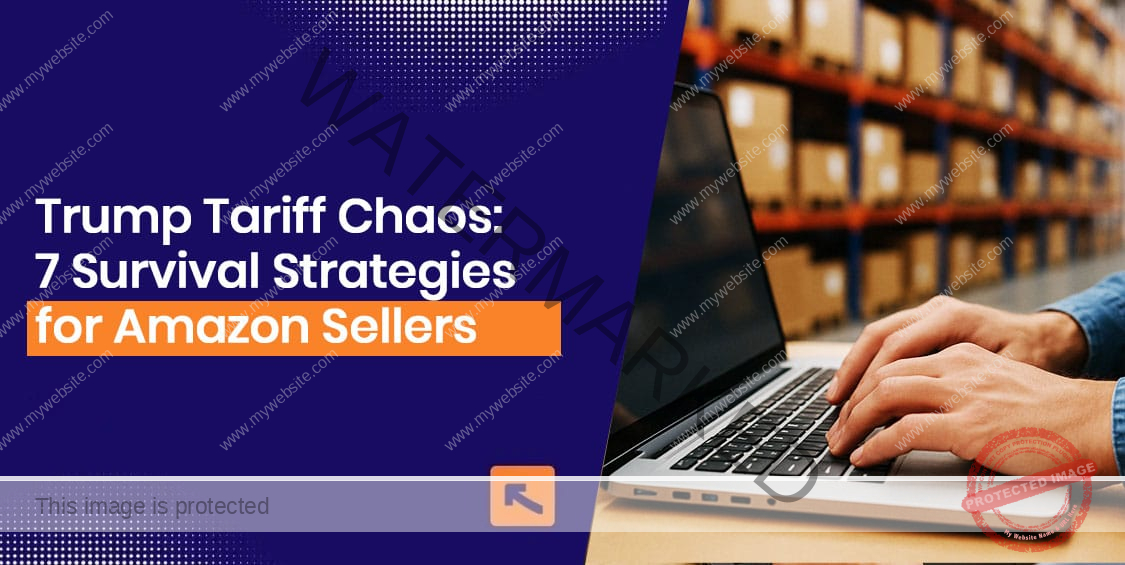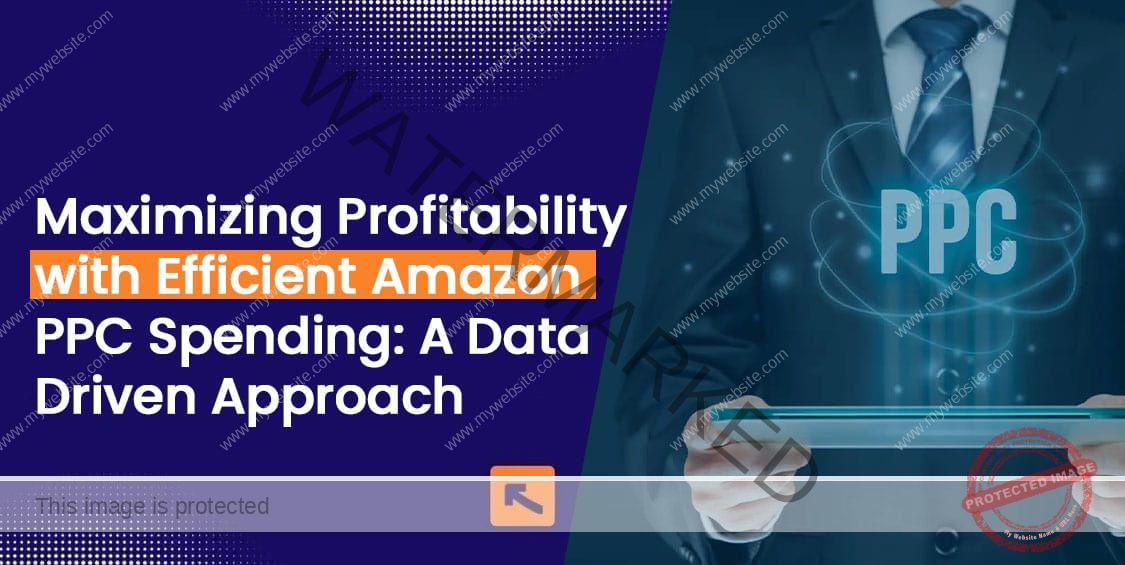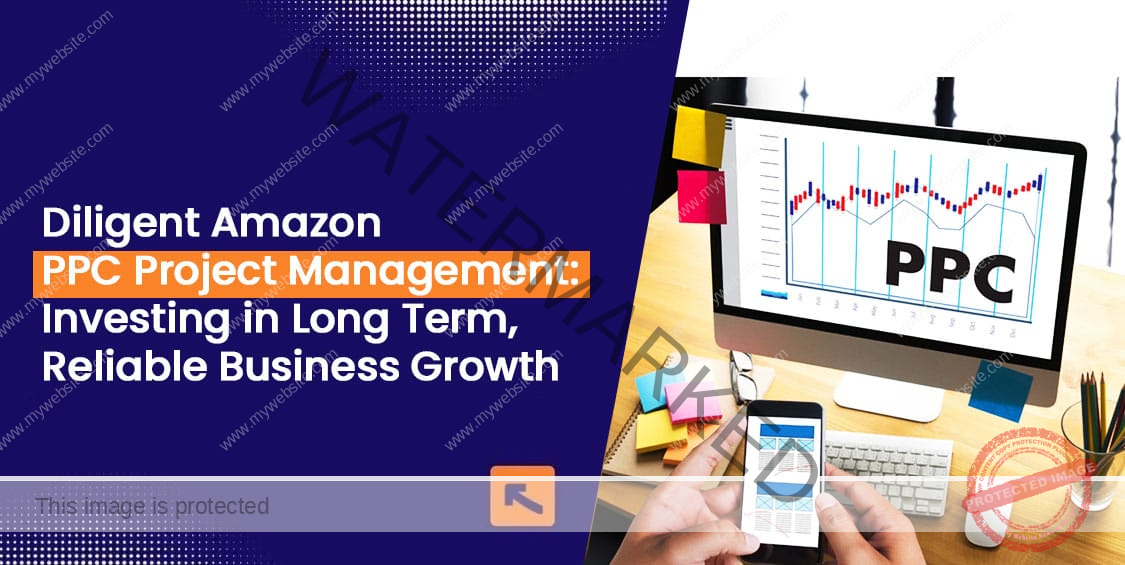If your FBA shipments touch China at any point, your margins may be under serious threat. The proposed 2025 Trump tariffs are back—steeper and broader than ever—and Amazon 3P sellers are stuck right in the middle. These new duties cover $18B worth of Chinese goods, including categories like electronics, auto parts, and certain raw materials used in everyday products. So the real question is ‘how will tariffs affect Amazon sellers?’ In simplest terms the breakdown goes as higher COGS, longer lead times, and tighter competition is to be expected. As the Amazon sellers struggle with Trump’s tariff plan, survival will depend on agility and smart sourcing.
In conversations around Amazon and tariff regulations, one thing is clear: adaptation is no longer optional. What’s worse—many of your top competitors may either pull out of the U.S. market or hike prices. That creates both a threat and an opportunity, depending on how well you move.
Here’s what we’re seeing at AMZDudes and the moves we recommend if you’re managing multiple ASINs or trying to protect your brand’s Amazon presence from tariff turbulence.
The Problem: Tariffs Are Cutting Straight Into Your Profitability
Amazon sellers aren’t new to volatility—ranking shifts, supply chain hiccups, ad platform updates—but tariffs cut deeper. Unlike changes in CPC or keyword rank, duties go directly against your margin before you even win the Buy Box.
Let’s break this down with real math. If you’re sourcing from a Chinese factory and paying $3 landed per unit, a 25% tariff suddenly adds $0.75 to each product before Amazon fees, storage, or advertising. Across 10,000 units, that’s $7,500 gone.
And these aren’t just electronics or automotive. The latest proposals impact:
- Batteries and power tools
- Solar and green tech products
- Metals used in home goods
- Plastics, rubber, fabrics—many repackaged under U.S. private labels
For anyone involved in Amazon international selling, tariffs are no longer a variable to ignore—they’re a permanent fixture in your cost structure. That means your Amazon seller strategy needed to incorporate a new margin model yesterday. The sellers who wait it out hoping for exemptions or changes will lose time, rank, and capital.
1. Shift Sourcing Smartly—But Don’t Rush to Exit China
A lot of Amazon international sellers assume that moving sourcing out of China is the only answer. But that’s expensive, slow, and often not realistic. Instead, tier your sourcing strategy:
Tier 1: Renegotiate with current suppliers
The reality of the Amazon China tariff landscape means you need more creative cost controls:
- Ask for shared tariff burdens
- Request pricing for alternate material sourcing
- Use freight consolidation to reduce per-unit cost
Tier 2: Test alternate suppliers outside China
To ease the pressure from Amazon FBA China tariffs, try gradual diversification:
- Look at Vietnam, India, and Mexico
- Trial orders for 2–3 top ASINs only
- Use Alibaba RFQs and get samples sent to your 3PL (Third Party Logistics)
Tier 3: Diversify critical components
- Even if final assembly stays in China, smart sourcing adjustments can still help Amazon seller China tariffs mitigation:
| ASIN | Product Type | Pre-Tariff Landed Cost | 2025 Tariff Rate* | New Landed Cost | Cost Increase |
| B07XYZ | Power Bank (Electronics) | $4.50 | 30% | $5.85 | +$1.35 |
| B08ABC | LED Desk Lamp (Home) | $7.80 | 25% | $9.75 | +$1.95 |
| B09LMN | Bluetooth Earbuds | $11.20 | 35% | $15.12 | +$3.92 |
Disclaimer: These are approximations based on the proposed Trump tariff plan 2025 and actual rates may vary depending on HTS classification, final policy language, and supplier invoices.
2. Recalculate Your Margin Model with Tariffs Built In
Don’t rely on old break-even points or common PPC bids. Start fresh by building a margin calculator that includes:
- Tariff duty % per SKU
- Updated landed cost
- PPC spend per sale
- Referral and FBA fees
- Returns/defect costs

Then group ASINs into:
- Green: Still profitable, minor adjustments needed
- Yellow: Break-even or low-margin, needs ad tweaks or pricing shift
- Red: Losing money, reposition or phase out
3. Bundle, Upsell, or Repackage High-Tariff Products
If you’re selling high-tariff SKUs solo, you’re exposed. The fix? Repackage them as part of product bundles, kits, or add-on sets.
Examples:
- Turn a $20 high-duty power bank into a $34 travel kit with a pouch and charger cord
- Add low-cost accessories from non-tariff suppliers to justify higher price points
Benefits:
- Higher perceived value
- More margin to cover ad costs
- Lower return rates
Keep ACoS goals tight by bundling with complementary, low-CPC items.
4. Adjust Your PPC Strategy for Margin Efficiency
If selling on Amazon and trade tariffs cut your margin, your advertising strategy has to shift. We’re helping sellers do this now:
- Lower bids on high-duty ASINs and shift to long-tail keywords with higher conversion rates
- Increase ad budget for bundles where you’ve created more margin room
- Test Sponsored Display remarketing to reduce customer acquisition costs
| Quick PPC ChecklistAdjust TACoS targets per SKU tier (Green/Yellow/Red) Reduce auto campaigns for high-duty SKUs Boost spend on branded and retargeting ads |
5. Tap Into Brand Registry Tools to Strengthen Conversion Rates
Improving conversion is one of the most cost-effective ways to fight margin loss. Use your Amazon Brand Registry access to make your PDPs work harder:
- Use A+ Content to pre-sell bundles or explain price increases
- Run Brand Story modules to educate shoppers and justify value
- Launch Product Targeting ads on competitor listings now exiting the U.S. market due to tariffs

6. Monitor Chinese Seller Activity—And Fill the Gaps
According to Economic Times, many Chinese brands are preparing to either raise prices or leave Amazon US altogether.
That opens doors—if you know where to look.
Watch these indicators:
- Dropping prices or inventory on key competitors
- Increased delivery lead times from overseas sellers
- Gaps in Sponsored Product placements
What you can do:
- Target competitor ASINs with Sponsored Display
- Create competitor brand pages and defensive campaigns
- Launch new variations or packs to dominate abandoned niches
7. Prep Your Logistics for Volatility in Q3–Q4
Tariff-driven shifts may overload ports, 3PLs, and freight brokers by Q3 2025. Now’s the time to firm up:
- Reserve warehouse slots early for seasonal inventory
- Split shipments between China and alternate sources
- Use U.S.-based 3PLs as buffers in case of customs slowdowns
Shipping Framework
- Track landed cost updates every 30 days
- Audit Amazon FBA tariffs per HTS code per ASIN
- Buffer 15% extra stock stateside through October
Need help managing logistics and account strategy? Let our account management team help. »
Final Thoughts: Tariffs Hurt Fast, but Smart Sellers Move Faster
This isn’t the first time politics have slammed the Amazon 3P ecosystem—and it won’t be the last. But if you’re tracking costs clearly, adapting your offers fast, and using ads to reclaim margin, your brand can grow even when others freeze up.
At AMZDudes, we work with 7–9 figure sellers navigating complex logistics, tariff shifts, and margin squeeze every day. Whether it’s remapping your Amazon ads, finding new suppliers, full-service account management or Amazon selling strategy altogether we help you move faster than your competition.
Willing to sell to survive Amazon amidst the trade war? Book a call with AMZDudes today »





